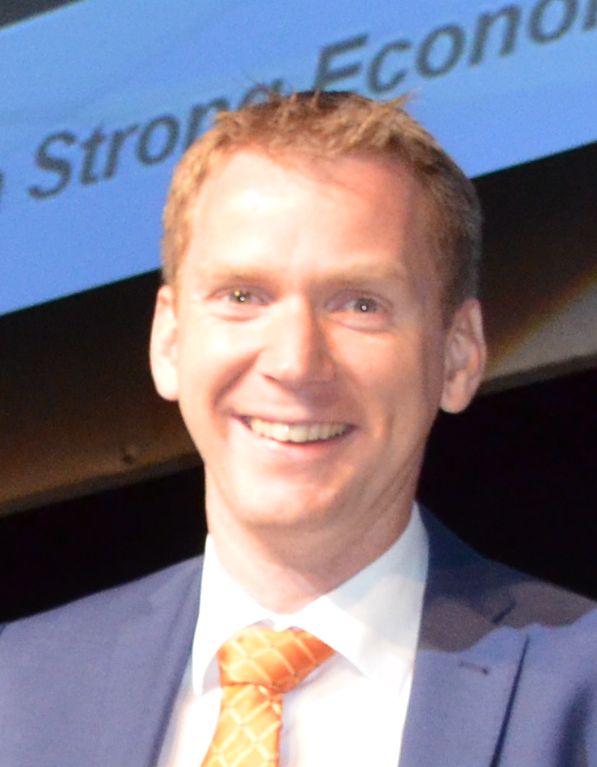All over the world, thousands of kilometers of muddy coasts experience problems such as turbidity, erosion and sedimentation in unwanted places, which result in negative effects on marine and coastal ecosystems. These muddy coasts face technical as well as economical and societal challenges. Ecoshape and partners work together to gain knowledge on solving the complex problems of muddy coasts.
At the moment, Ecoshape is working on a pilot along the coast of North Java, Indonesia. Large areas of coastline have eroded here, threatening both safety and income of the community living near the coastline. To counter this problem, an inventive approach was chosen: Mud is trapped behind semi permeable dams, where it consolidates into new soil in which mangrove seeds can grow into new mangrove trees. The ecosystem is restored, the risk of flooding is reduced and the local community can again earn a sustainable income from fish ponds in the mangroves.
Another scheme that shows how mud can be turned from nuisance into new building material, is a scheme called the ‘Marker Wadden’ in lake Marken in the center of the Netherlands. It aims to create new islands from the mud in that has influenced the water quality in the lake since several decades. By dredging the mud from the lake and using it to form new islands, the water quality improves and new space for nature recreation is created on and around the islands.
Similarly, in the Netherlands the Eems-Dollard estuary in the Northeast of the country suffers from decreased water quality and flood risk. By ripening (dehydrating) of mud into clay, a useful building material is created and a win-win situation can be created here. The water quality of the estuary would improve and the clay could be used to strengthen the dykes and to improve the quality of farmland and salt flats, thereby improving the ecosystem. A large-scale pilot of ‘clay-ripening’ in the Eems estuary is being developed to investigate the process of turning mud into clay.
All of the above examples demonstrate that more knowledge is needed about the best way to turn mud into the desired building material. Within EcoShape it is therefore considered that all of these initiatives should join forces to create a knowledge development scheme: the Living Lab for Mud. In the scheme, that still requires additional funding, the following subjects will be investigated:
– Ecosystem restoration by trapping of mud (consolidation, strength development below water surface, transport to shore, ecosystem response to water turbidity
– Building with mud (strength, dehydrating, timescale, role vegetation)
– Mud as a starting point for (wet)land development (and how this can be influenced with Building with Mud techniques)
– Creating societal benefits and added values from mud (case studies, adaptive governance, business case)
Now that the multiannual programme for the Eems-Dollard estuary has been approved, the opportunities for the first pilot in the scheme of ‘Living Lab for Mud’ are eminent: together with the Province of Groningen, waterboard Hunze & Aa’s, Rijkswaterstaat Noord-Nederland, Groningen Seaports and Groninger Landschap, EcoShape strives to establish the ‘Pilot Clay-ripening’.
However, the establishment of the Living Lab for Mud knowledge development scheme requires more than one pilot, it requires a platform that is facilitating the multiple initiatives and their interaction. In the coming months, EcoShape and partners will further work out the Living Lab for Mud knowledge development scheme and the funding in more detail.
Contact
Are you interested in collaboration? Contact us

